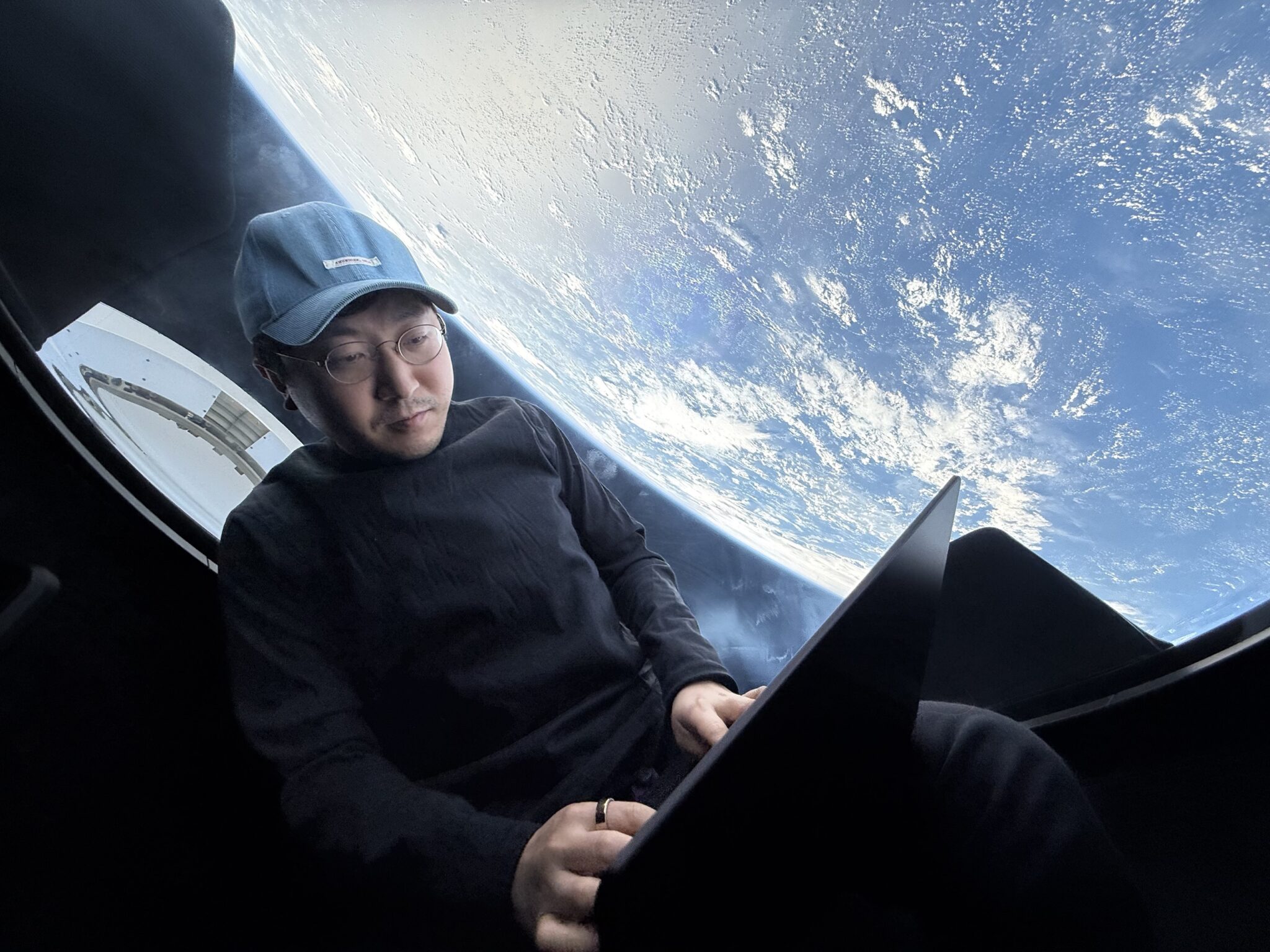The European Space Agency will be proposing a Crew Space Transportation System (CSTS) technology programme at its 25-26 November member states ministerial meeting and not asking for a green light for a major step in developing a new vehicle
This became clear at NASA’s Kennedy Space Center last week at the launch of Space Shuttle Atlantis when talking to ESA director-general Jean-Jacques DordainDordain had become more circumspect about the future of CSTS since the comments at the end of 2007 by Russia’s Federal Space Agency head Anatoly Perminov that Russia could go its own way for a new manned spacecraft
The ESA chief had talked about a ‘plan b’ and a western European-only project at his “Meet the director-general” press conference in January. But at KSC it became clear that the ongoing 15-month €15 million CSTS preparatory programme that saw its first industrial bilateral between Russian prime Energia and ESA prime EADS Astrium last September will result in a technology programme proposal
I am not surprised.
While at the BepiColombo event in Friedrichsafen, Germany earlier this year Space News’ Peter de Selding, AvWeek’s Mike Taverna, France’s Air and Cosmos Anne Muerojevo and I came to the conclusion, over a few beers, that the apparent Russian, ESA split on CSTS probably reflected a reaction from ESA member states to the cost of the original CSTS proposal that were far from positive. De Selding, very efficiently, followed up the theory and wrote a story with information from some European government sources – if only I could now find the link
But the CSTS downgrading may not be all bad. A recent article by Aviation Week (again I can’t find the link) says that any new manned spacecraft would be launched from the new spaceport at Vostochny that will begin operation by 2020. So much for the Russian plans for CSTS/Kliper to come into service in 2012
It also make sense as, as I reported exclusively here last week, the booster for CSTS is yet to be decided but it is expected to be a new launcher. I wonder if a future version of Angara could do the job but whatever it is Russia, for all its rocket expertise, is not going to have a new booster ready in four or five years. Just look at how long Angara has taken so far!
So ESA has plenty of time to run technology programmes so its industry can take a more meaningfull role in CSTS’s eventual full development
And it probably has more hope of coming to fruition than French president Nicolas Sarkozy’s call for international Mars exploration





